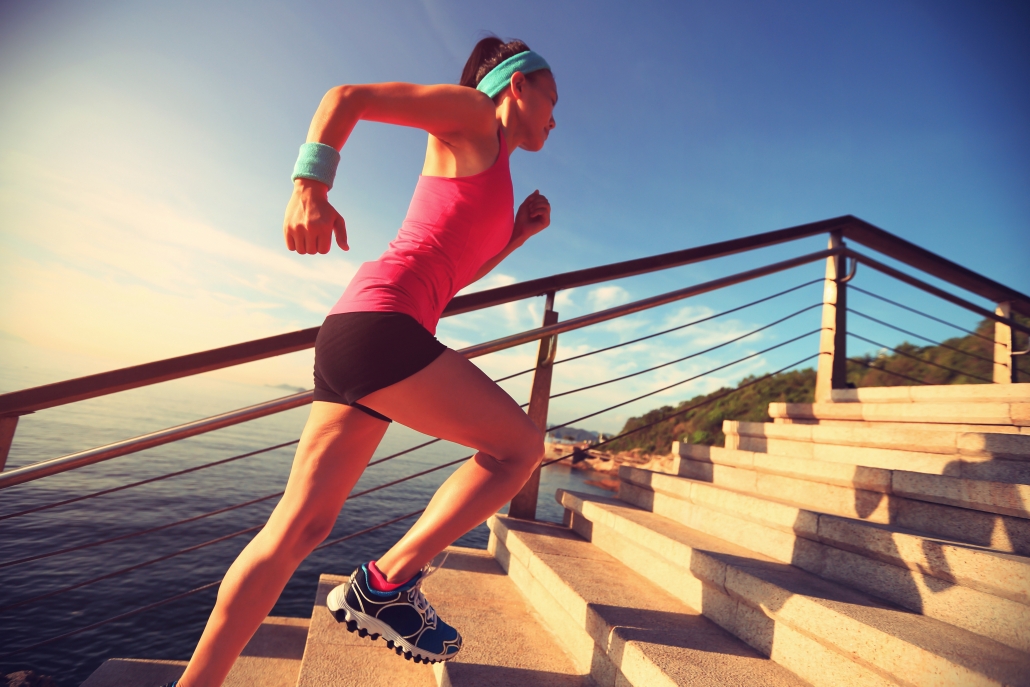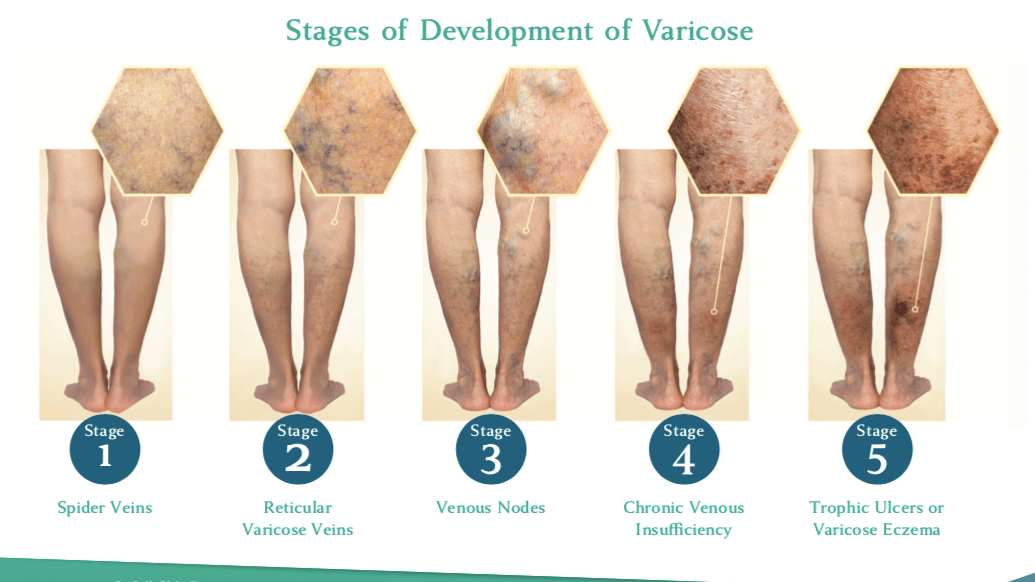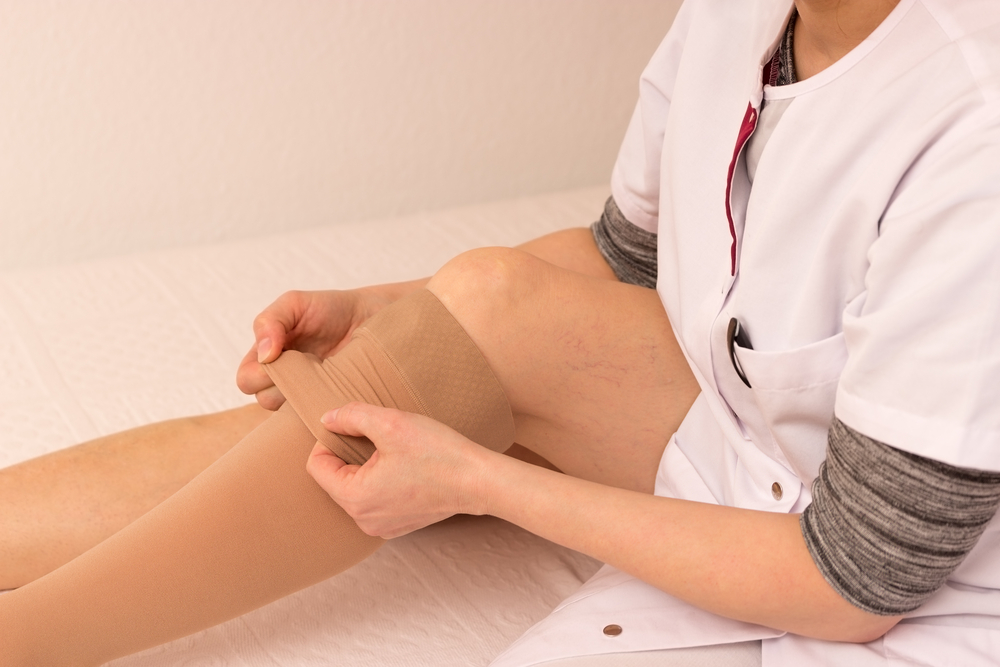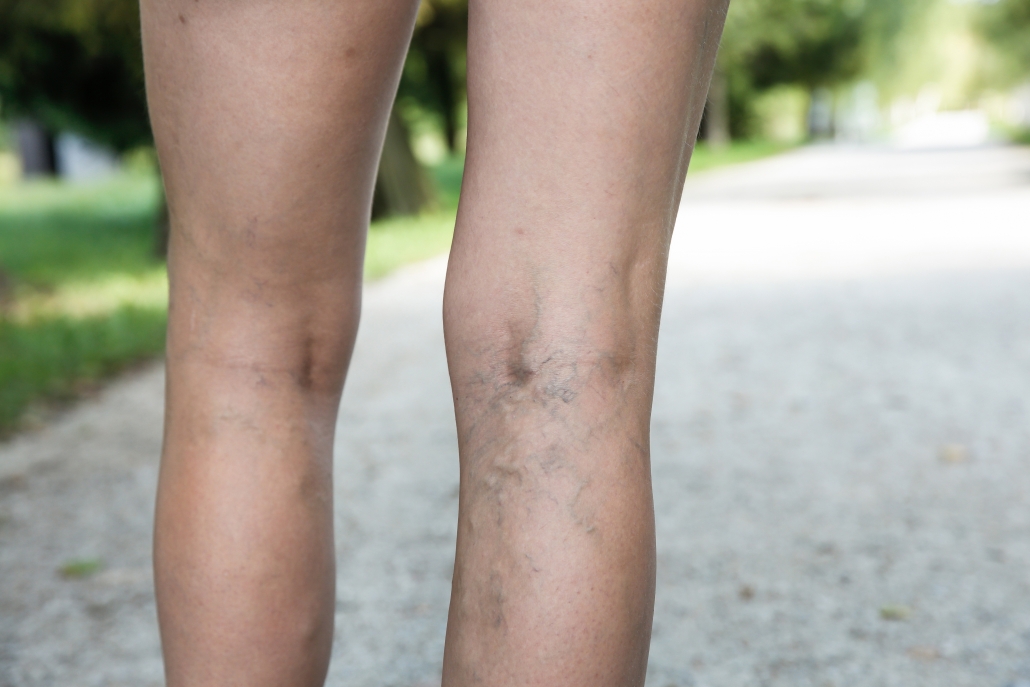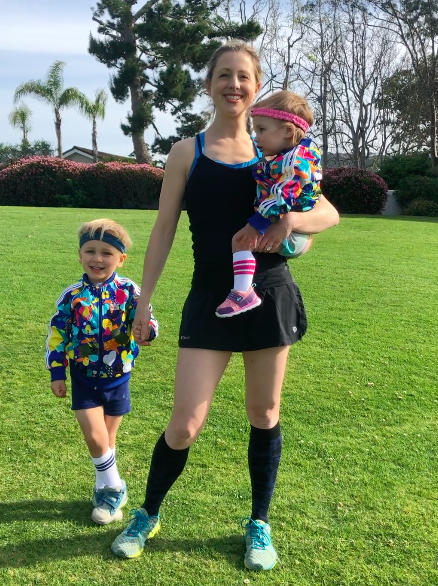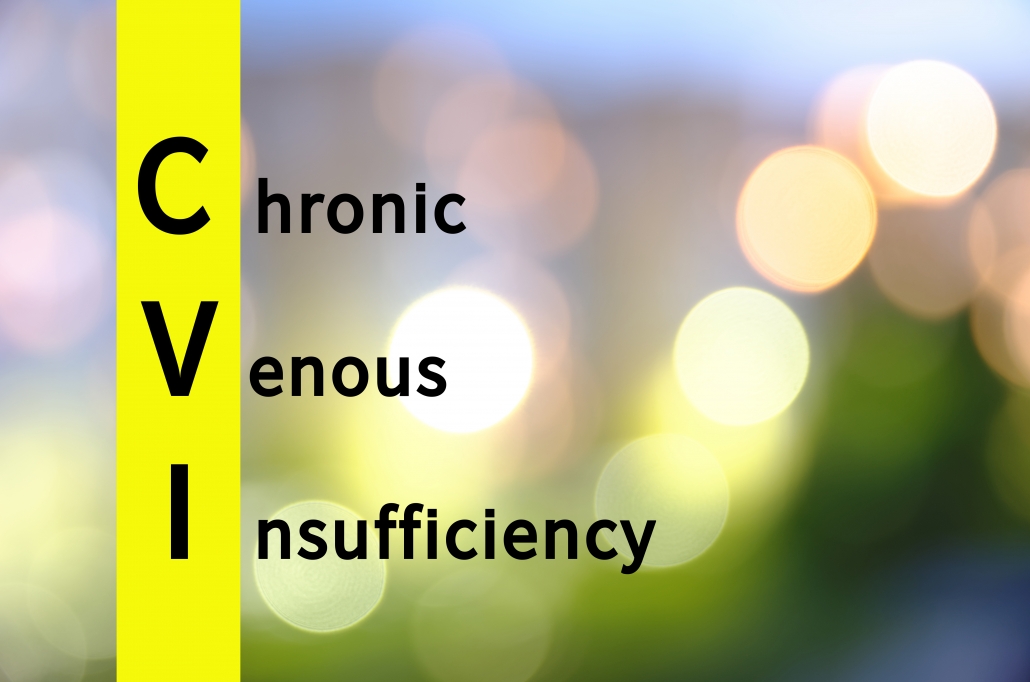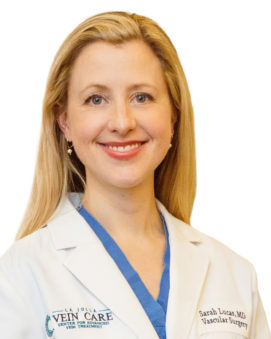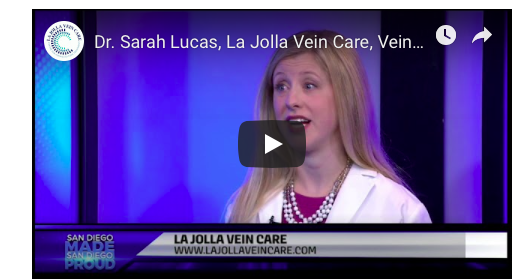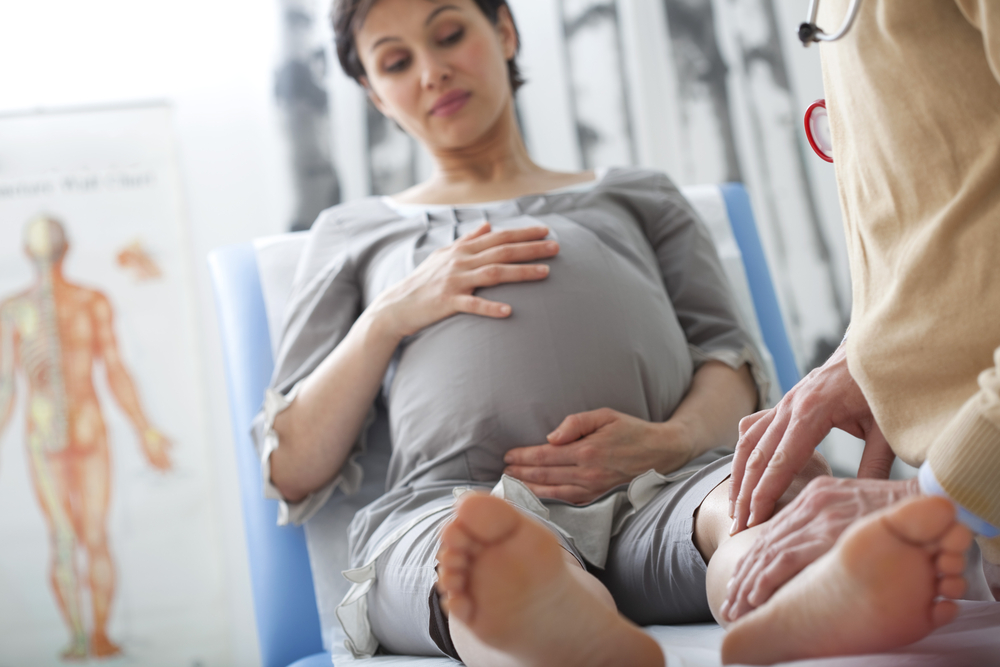Best Exercises for Varicose Veins
Nisha Bunke2020-09-18T18:53:02-07:00Physical activity provides a wide range of benefits for vascular health and may help to avoid evolution of mild cases of varicose veins. In fact, exercise is considered to be a fundamental element in improving the symptomatology of patients affected by varicose veins. A sedentary person diagnosed with this medical condition has a much higher […]

